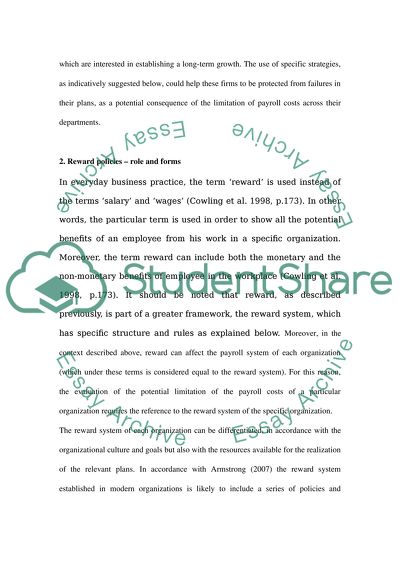Cite this document
(“Performance and Reward Management Assignment Example | Topics and Well Written Essays - 3000 words”, n.d.)
Retrieved from https://studentshare.org/family-consumer-science/1419255-performance-and-reward-management
Retrieved from https://studentshare.org/family-consumer-science/1419255-performance-and-reward-management
(Performance and Reward Management Assignment Example | Topics and Well Written Essays - 3000 Words)
https://studentshare.org/family-consumer-science/1419255-performance-and-reward-management.
https://studentshare.org/family-consumer-science/1419255-performance-and-reward-management.
“Performance and Reward Management Assignment Example | Topics and Well Written Essays - 3000 Words”, n.d. https://studentshare.org/family-consumer-science/1419255-performance-and-reward-management.


